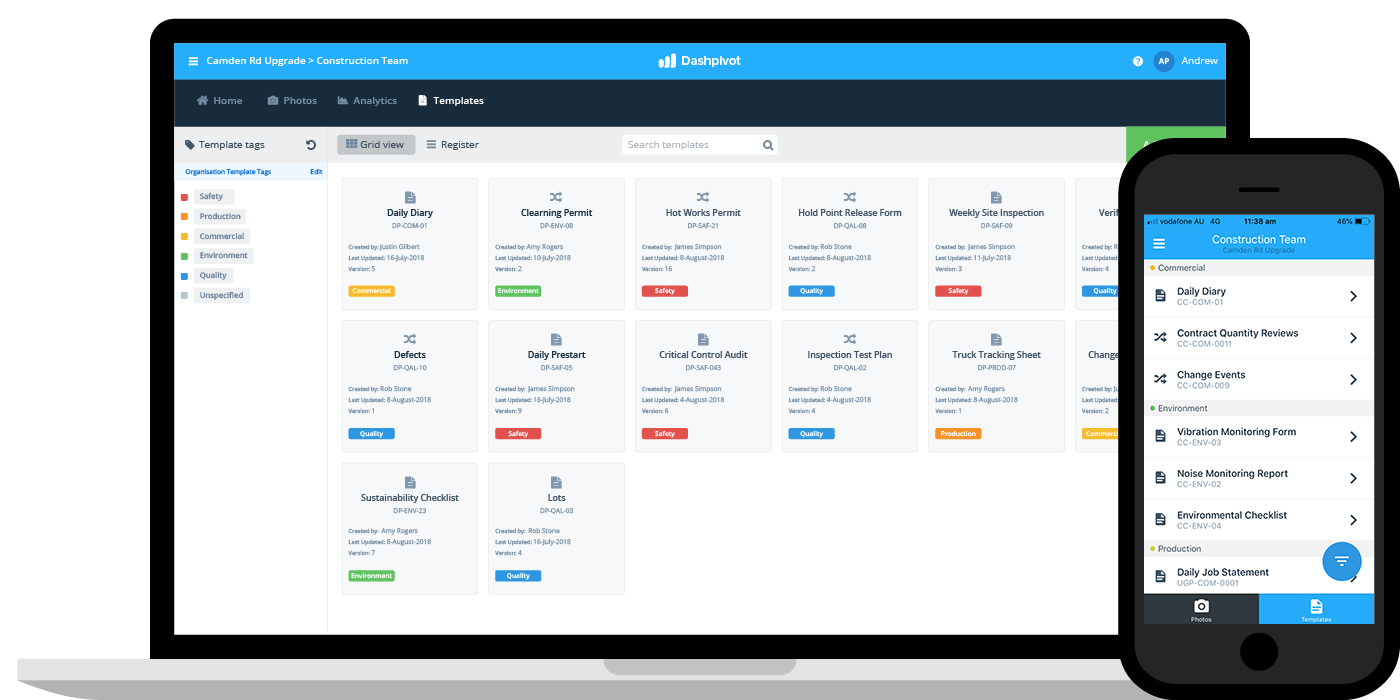From Disorder to Control: Taking Advantage Of the Potential of Construction Document Management
From Disorder to Control: Taking Advantage Of the Potential of Construction Document Management
Blog Article
Optimizing Task Cooperation: Architect's Finest Practices in Building Paper Monitoring
In the elaborate world of building tasks, the effective management of construction records stands as a keystone for success. Engineers, with their thorough focus to information and innovative style solutions, are tasked with orchestrating a symphony of sources, timelines, and stakeholders. Among this intricacy lies a crucial inquiry: just how can designers simplify partnership procedures to boost project end results? By exploring key strategies such as leveraging cloud-based platforms, establishing robust communication procedures, and ensuring data safety, architects can raise their record administration methods to brand-new heights.
Leveraging Cloud-Based Platforms
Leveraging cloud-based platforms is a basic approach for modern architects in maximizing building and construction document administration procedures. By transitioning from traditional paper-based systems to shadow options, designers can improve partnership, enhance file accessibility, and improve general task efficiency. Cloud-based systems provide engineers the ability to store, share, and update building files in real-time, making sure that all employee have access to the most present details despite their location. This access advertises seamless communication and sychronisation among job stakeholders, resulting in less mistakes and delays in the construction process.
Moreover, cloud-based systems give a safe setting for keeping delicate task information, supplying encryption, regular backups, and individual consent setups to secure information stability. Designers can also gain from the scalability of cloud options, enabling them to readjust storage capability and capability based on project demands. In general, leveraging cloud-based systems equips architects to enhance their building and construction paper administration processes, driving better partnership, performance, and success in their jobs.
Implementing Version Control Solution
Having established the benefits of cloud-based platforms in construction document administration, engineers can now improve their paper control procedures by executing Variation Control Solution. Version Control Solution (VCS) are necessary tools that track changes in files, making sure that staff member are constantly collaborating with the current and most accurate information. By implementing VCS, engineers can maintain a centralized repository where all task records are kept, allowing seamless partnership while reducing the danger of mistakes and version conflicts.
One key advantage of Variation Control Systems is the ability to track the total history of record changes, allowing customers to change to previous variations if required (construction document management). This feature is especially important in building tasks where layout versions and alterations are common. Moreover, VCS helps with better interaction among staff member by providing a clear audit route of who made specific modifications and when they were made. This openness not only boosts responsibility however also assists in settling conflicts or inconsistencies that might develop throughout the task lifecycle.
Establishing Interaction Protocols
To guarantee reliable and effective project coordination, engineers must develop clear and durable communication protocols within their building and construction record monitoring procedures. This system can be a job monitoring software program, email strings, or cloud-based storage remedies.
In addition, interaction protocols should additionally include guidelines on just how to manage conflicts, modification orders, and immediate problems that may arise throughout the project lifecycle. Developing an organized approach to interaction makes sure that all stakeholders get on the exact same web page, advertises openness, and eventually contributes to the successful conclusion of the building and construction project.
Making Use Of BIM Software Program for Coordination
BIM software plays a critical function in enhancing sychronisation among task employee in the building and construction industry. Building Info Modeling (BIM) helps with cooperation by supplying a centralized system where designers, engineers, contractors, and various other stakeholders can interact in a worked with way. Via BIM software, task individuals can access and upgrade a common model which contains detailed info about the structure design, building and construction parts, and job schedules.

Furthermore, BIM software allows real-time partnership and interaction among employee, no matter their physical place. Through cloud-based BIM systems, project stakeholders can access the current task information, track modifications, and make informed decisions quickly. Generally, leveraging BIM software program for sychronisation boosts project effectiveness, efficiency, and inevitably brings about successful job results.
Ensuring Data Security and Compliance
In the realm of building and construction document management, guarding information integrity and making sure governing compliance are vital considerations for engineers and other project stakeholders. Engineers must implement durable security measures to shield delicate project info from unapproved access or breaches.

Conclusion
To conclude, engineers can maximize job cooperation in building and construction file monitoring by leveraging cloud-based platforms, applying version control systems, establishing interaction methods, using BIM software for sychronisation, and making certain data security and compliance. These ideal methods assist enhance the construction process, improve interaction amongst task stakeholders, and enhance performance in task delivery. By complying with these standards, architects can successfully manage construction files and help with successful task end results.
Through BIM software program, task participants can access and update a shared model that includes thorough details concerning the structure style, construction parts, and task routines.
Through cloud-based BIM platforms, project stakeholders can access the most current task details, track modifications, and make notified decisions quickly - construction document management. Overall, leveraging BIM software application for coordination enhances job efficiency, productivity, and ultimately leads to successful project outcomes
In final thought, designers can optimize job partnership in construction paper monitoring by leveraging cloud-based platforms, applying version control systems, developing interaction protocols, making use of BIM software program for sychronisation, and ensuring data safety and compliance. These ideal methods help streamline the construction procedure, boost interaction among job stakeholders, and check that boost efficiency in project shipment.
Report this page